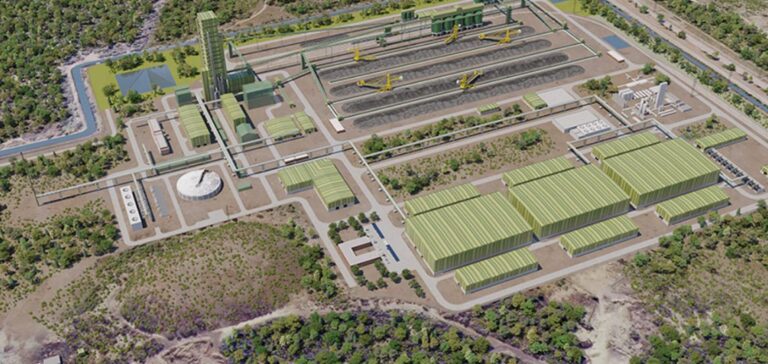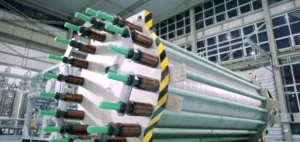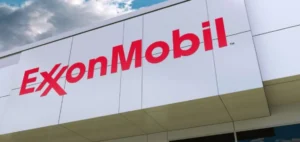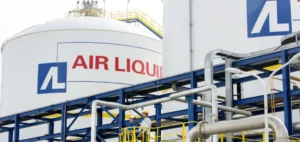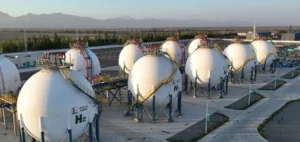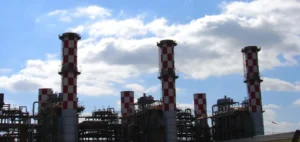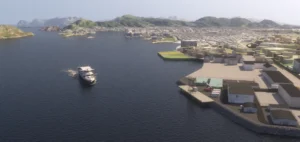GravitHy, founded in 2022 and focused on low-emission iron production, has secured €60mn in funding to support the development of its industrial site in Fos-sur-Mer, southern France. The funding includes public support from the French “Première Usine” programme and contributions from new international investors, including Ecolab, Japan Hydrogen Fund (managed by Advantage Partners), Marcegaglia, Rio Tinto and Siemens Financial Services. Existing shareholders Engie New Ventures and InnoEnergy also increased their investment.
Targeting investment decision by 2026
The funding will be used to complete engineering studies, secure permits, sign initial contracts, and expand the workforce. GravitHy aims for a final investment decision following the development phase in 2026. Construction will then begin, with commercial production set for 2029 after a phased ramp-up. The industrial site will cover 75 hectares and employ up to 500 people, representing a total investment of €2.2bn.
Production and energy supply
The plant will produce 2mn tonnes of Direct Reduced Iron (DRI) and Hot Briquetted Iron (HBI) annually, using low-carbon hydrogen generated by a 750 MW electrolyser — the largest in France. To secure energy supply, GravitHy signed a letter of intent with Électricité de France (EDF) for a Nuclear Production Allocation Contract, and has confirmed access to future upgrades of the transmission grid managed by Réseau de Transport d’Électricité (RTE), as outlined in the decennial development plan.
Industrial and strategic shareholders
The investment round brings together major players across the steel value chain. Rio Tinto will supply high-grade iron ore and manage the sale of the HBI output. Siemens Financial Services will contribute financial backing and technical expertise. Marcegaglia, newly established in Fos-sur-Mer, views the initiative as an opportunity for industrial transformation. Advantage Partners seeks to strengthen Euro-Japanese cooperation via the Japan Hydrogen Fund. Partners collectively stress the importance of securing low-carbon iron supply chains, expected to become a key commodity in the steel sector.
Strategic advisory and industrial outlook
GravitHy received advisory support from Rothschild & Co, Société Générale and Herbert Smith Freehills for the transaction. Historical shareholders also include FORVIA, GROUPE IDEC, Plug Power and Primetals Technologies. The project benefits from a favourable regulatory framework aligned with the European Clean Industrial Deal and sector-specific transition plans for metallurgy.


